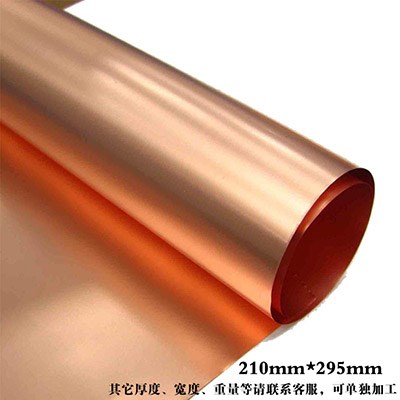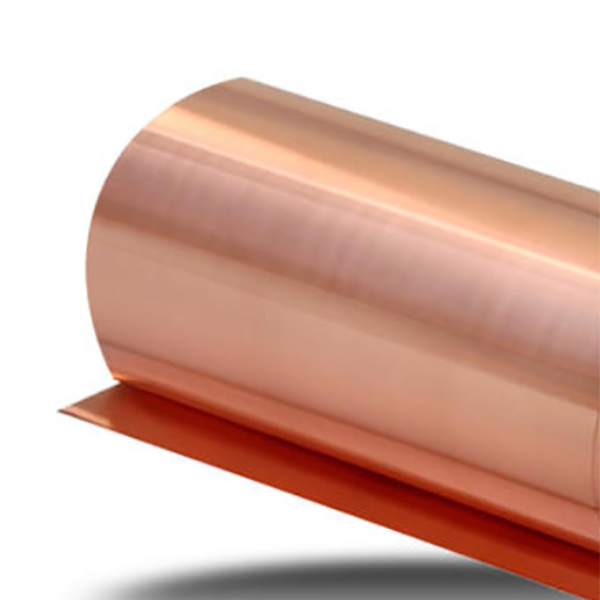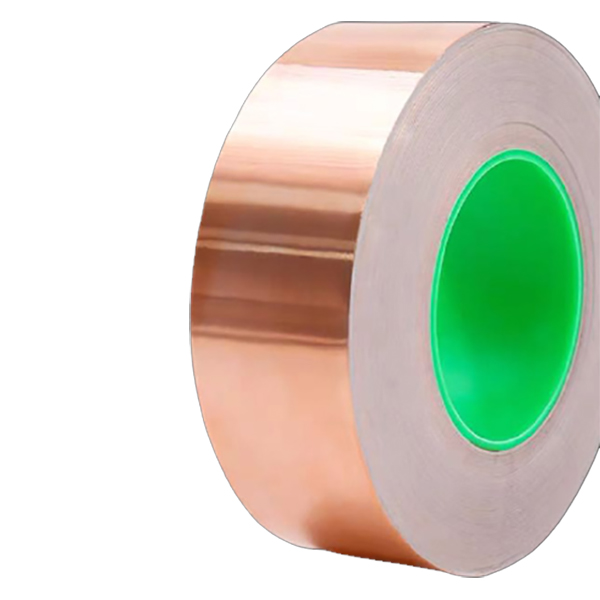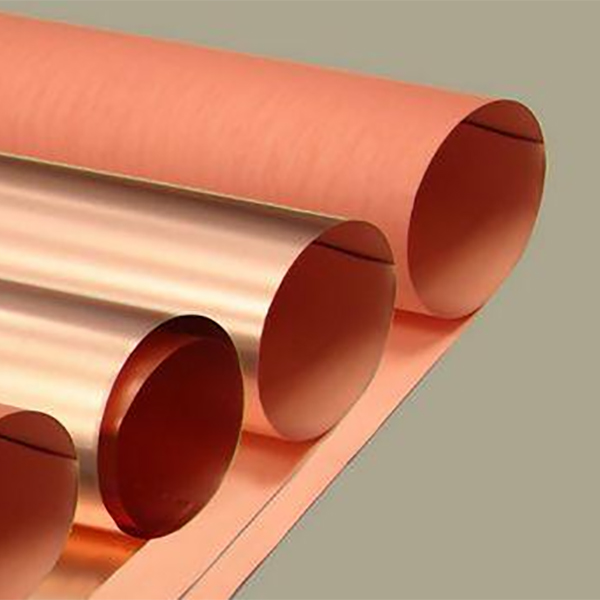Chizhou Optimal Heat Dissipation Copper Foil Processing
Galvanizing barrier layer: After the rough surface is galvanized, a barrier layer is formed to improve the oxidation resistance of the copper foil in natural air. After galvanizing, the appearance will look gray. After a period of storage, the gray will turn into copper yellow. The more zinc is plated, the more yellow the copper foil will be.
Chizhou Optimal Heat Dissipation Copper Foil Processing
At the same time of thinning, it is also necessary to improve the tensile strength, elongation and other indicators, otherwise it is easy to cause copper foil fracture, affecting the safety of the battery. Therefore, it is the general trend that the future use will be more light and meet the above indicators.
Chizhou Optimal Heat Dissipation Copper Foil Processing
Although the thickness of copper foil gradually becomes thinner, power battery manufacturers use 6 μ When the product is less than or equal to m, the coating machine, winding machine and other key equipment as well as the technological level cannot solve the problems such as wrinkles, belt breakage and high-temperature oxidation encountered in the production process, which leads to the inability to mass produce ultra-thin copper foil with high yield.
Chizhou Optimal Heat Dissipation Copper Foil Processing
Most copper foils used for domestic printed boards are 35um thick, and 50um copper foils are used as transition products. In high-precision hole metallized double-sided or multilayer board manufacturing, thinner than 35um copper foils, such as 18um, 9um and 5um copper foils, are expected. Some multilayer boards use thicker copper foil, such as 70um.







